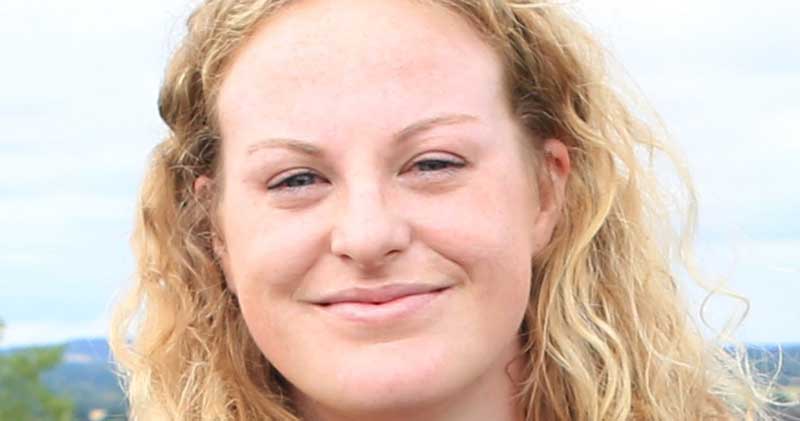11 Oct 2022
Around 70% of UK dairy herds are affected by infectious bovine rhinotracheitis, with a little more than a fifth of farmers currently vaccinating.

Vets have been reminded they play a key role in helping farmers prevent respiratory disease outbreaks ahead of the high-risk winter period.
Around 70% of UK dairy herds are affected by infectious bovine rhinotracheitis (IBR) and only 22% of farmers are currently vaccinating.
MSD Animal Health said best IBR prevention strategies included good management, appropriate building design, adequate ventilation, and a suitable stocking density accompanied by effective vaccination and biosecurity measures against major pathogens found on each specific unit.
Nicole Baldry, dairy veterinary advisor at MSD, said: “It’s well-known that respiratory disorders such as IBR are more likely to happen at periods of stress or herds mixing.
“With the greater risk of respiratory pathogens spreading between animals during the winter housing period, due to the enclosed air space and higher stocking densities experienced, it’s crucial for dairy farmers to build their herd’s immunity ready for housing.”

Ms Baldry said it was important vets discussed options with dairy clients at least four weeks before they planned to house their herds. This allowed for farm visits and necessary improvements to be scheduled in.
She added: “When discussing IBR with farmers, there will inevitably be perceived barriers towards vaccination and biosecurity measures, so it’s important to be sensitive to the practical and financial challenges a business may face. For the farmer, it’s important they consider that the benefits of protecting herd health and productivity against the impact of IBR outweigh the cost and effort of implementing a vaccination programme.
“It can be difficult for farmers to measure the return on investment of vaccination, given that the effect is generally a lack of disease. So, to help farmers understand its value, vaccination can be described as a form of insurance and a key tool to use alongside nutrition, hygiene and biosecurity.”